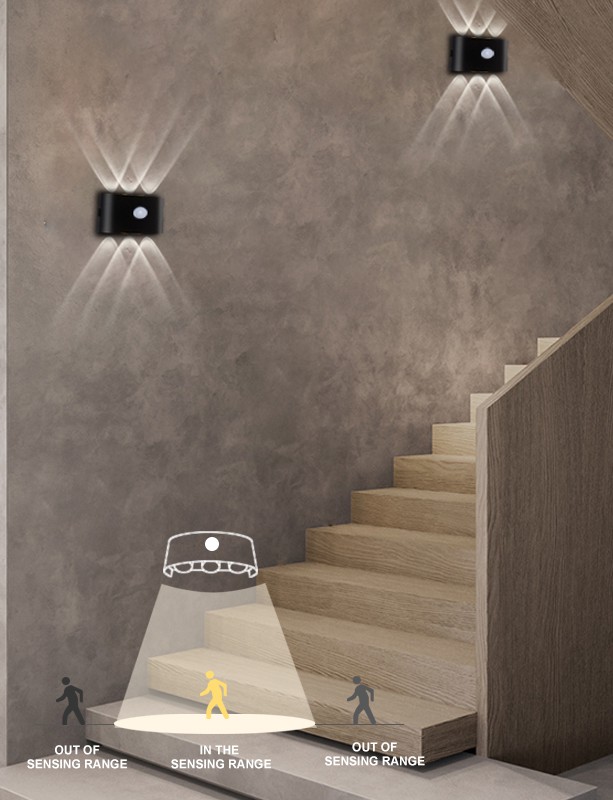Finger joint boards are used in a similar way to solid wood boards, but they require significantly less glue during the manufacturing process. This makes them a more eco-friendly option compared to traditional wood boards. As a result, more and more people are choosing finger joint boards over conventional wood boards for their projects. The typical thicknesses available include 12mm, 14mm, 16mm, 20mm, and even up to 36mm for thicker applications.
One of the main advantages of finger joint boards is that they don't require splints or additional layers, which reduces the overall amount of glue needed. The adhesive used is usually a white glue made from polyvinyl acetate, a water-based solution that's non-toxic and odorless. Even when it breaks down, it releases acetic acid, which is not harmful to health.
These boards can be categorized into two types: those with knots and those without. Boards without knots tend to look cleaner and more elegant, while those with knots offer a more natural appearance. Many installers use finger joint boards directly for furniture making, eliminating the need for surface panels. This not only saves money but also gives a more authentic, stylish finish.
A simple way to assess the quality of a finger joint board is by examining the core’s growth rings. Most finger joint boards are made from fir, and the growth rings are clearly visible. Larger rings indicate older trees and better-quality wood. This feature helps determine the board’s strength and durability.
There's also a type of eucalyptus finger joint board available on the market. It's often used for wardrobe shelves and has natural insect-repelling properties. This means you don’t need to use mothballs in your closet, although this type of board tends to be more expensive and is not widely available in most home improvement stores.
Finger joint boards come in two varieties: bright teeth and dark teeth. Dark teeth are considered superior because they provide a smoother finish after painting. However, working with dark teeth requires more skill and precision. Harder woods are generally preferred, as they are less likely to warp and offer a more attractive grain pattern.
The main difference between finger joint boards and wood boards lies in their composition. Finger joint boards are made from solid wood, while wood boards are composite panels. This means that finger joint boards have a natural wood texture, offering a more organic and authentic feel. They bring a sense of nature into any space.
When it comes to environmental friendliness, the key factor is the level of formaldehyde emissions. Both finger joint boards and wood boards can meet E1 standards (emitting less than 1.5mg/L of formaldehyde). However, finger joint boards typically use less glue, making them easier to produce in an environmentally responsible way. While both types may have some formaldehyde, finger joint boards do not require splints, making them a cleaner and safer choice in many cases. You can often tell the difference between the two just by looking closely at the edges.
Sensor Wall Light
If people and objects (such as cars) move or make noises (yelling, high-five, bumping, etc.) within the effective sensing range of the LED induction wall lamp, the light source will automatically turn on; the effective movement/sound will go out after about 1 to 2 minutes. With light control circuit, it can be made into night type (lighting only when the environment is dark) or day and night type (lighting will be automatically turned on regardless of day and night);In terms of the working principle of the sensor, there are three main types: voice control, human infrared and microwave radar;

Our other products range:LED Underground Light, LED Underwater Light, LED Wall Washer Light, LED Linear Light , LED Outdoor Flood Light, LED Garden Light , LED landscape light , LED Strip Light , LED Step Light etc.
Sensor wall light.Outdoor sensor light,Sensor lamp.Wall lamp with sensor,Inducion wall lamp
SHENGYA LIGHTING TECHNOLOGY CO., LTD. , https://www.syalighting.com